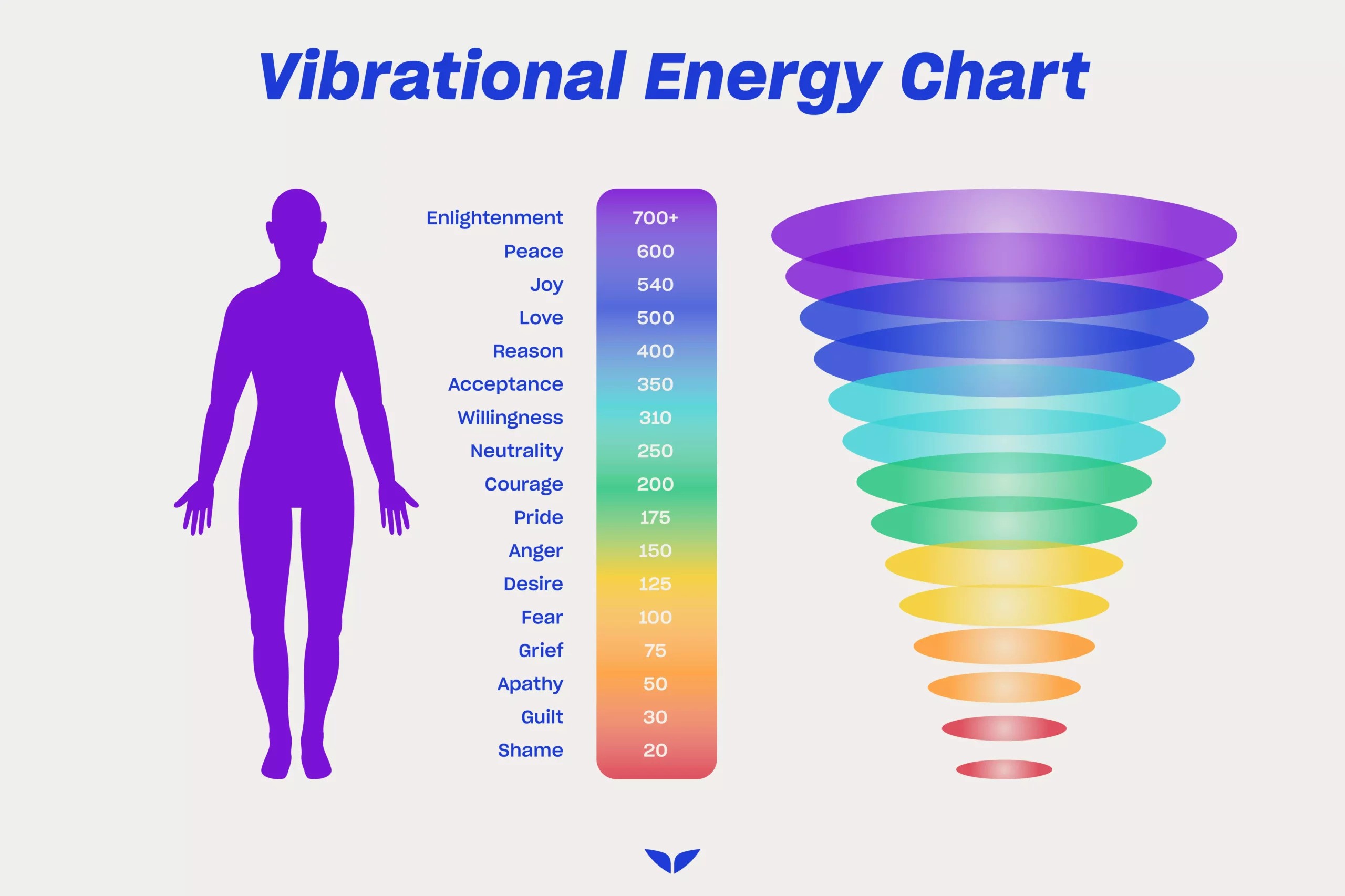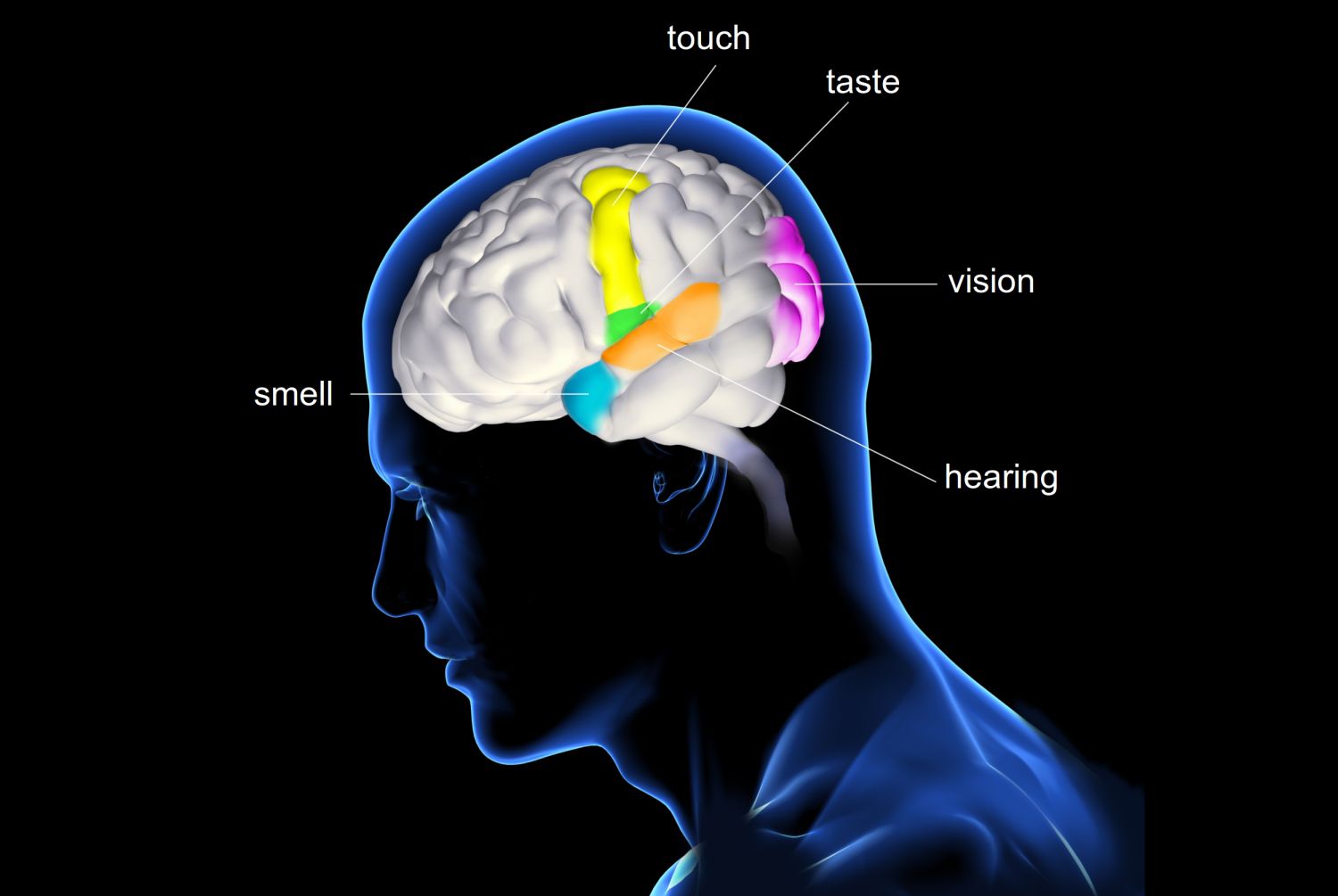5 Practical Exercises for Staying in the Present Moment
Welcome to the present moment, where all your worries about the past and future magically disappear! Today, we will explore some practical exercises that can help you stay firmly grounded in the present. So, put on your mindfulness hat, and let's dive in!
Why is staying in the present moment important, you ask? Well, because life happens NOW, not yesterday or tomorrow! When you are fully present, you can savor the little joys, handle stress better, and make wiser decisions. Consider it a superpower that helps you appreciate the beauty of each moment without getting lost in the chaos of life.
First up, we have Mindful Breathing. Ah, the simple act of inhaling and exhaling! By focusing on your breath, you can anchor yourself in the present and let go of distracting thoughts. It's like giving your mind a mini vacation!
Next, we have Body Scan Meditation. This technique involves paying attention to each part of your body and noticing any sensations or tension. It's like having a conversation with your body, letting it speak its mind while you listen attentively.
Now, let's enhance our sensory experience with Sensory Awareness. Take a moment to truly notice the sights, sounds, smells, tastes, and textures around you. Trust me, there's a whole world out there waiting to be discovered! Hungry for more? How about Mindful Eating? Instead of inhaling your food mindlessly, take the time to savor each bite. Notice the flavors, textures, and even the temperature. Who knew eating could be such a deliciously mindful experience?
Last but not least, we have Gratitude Journaling. Grab a pen and paper, or a digital device if you prefer, and jot down three things you are grateful for each day. It's like a daily dose of positivity that keeps you grounded and appreciative of life's simple pleasures. Remember, the present moment is where the magic happens. By incorporating these practical exercises into your daily routine, you can cultivate a greater sense of mindfulness and enjoy a more fulfilling life.
So, are you ready to embark on this present-moment adventure? Let's get started!
Why staying in the present moment is important
Are you tired of constantly worrying about the future or dwelling on the past? Well, you're not alone! We live in a world where our minds are constantly bombarded with distractions, making it challenging to stay in the present moment. But hey, staying present is important for our overall well-being, so let's delve into why!
Firstly, being present allows us to truly experience life. When our minds are focused on the present moment, we can fully immerse ourselves in the sights, sounds, and sensations around us. So instead of mindlessly scrolling through your social media feed, take a moment to appreciate the beauty of your surroundings. Trust me, those cat videos will still be there later!
Secondly, staying present helps us to cultivate a sense of gratitude. When we're fully engaged in the present, we become more aware of the small joys and blessings that often go unnoticed. So, instead of obsessing over all the things you don't have, take a moment to appreciate the roof over your head, the warm cup of coffee in your hands, or even the fact that you can read this blog!
Moreover, staying present allows us to better connect with others. When we're fully engaged in a conversation or interaction, we can truly listen and understand the people around us. Imagine how much more meaningful your relationships could be if you put down your phone and give your full attention to the person in front of you! In a nutshell, staying present brings us joy, gratitude, and better connections with others.
So, let's explore some practical exercises that can help us stay in the present moment. Trust me, you won't want to miss them! But before we dive into the exercises, take a moment to appreciate the awesomeness of being present. It's pretty cool, isn't it?
Exercise 1: Mindful Breathing

The exercise reminds us to take a moment and just... breathe. Sounds simple, right? Well, it is, in theory. But in practice, it's not always so easy. Our minds have a sneaky way of wandering off to distant lands, like that time you accidentally watched an hour-long compilation of cat videos instead of doing actual work. But fear not, my friends! Mindful Breathing is here to save the day. It's a straightforward exercise that helps us bring our attention back to the present moment.
All you need to do is find a comfortable spot, close your eyes (unless you're at work, in which case, don't do that), and focus on your breath. Let the air flow in and out naturally, as you observe each inhalation and exhalation. Notice how the breath feels as it enters your nostrils, fills up your chest, and then gently releases. Feel the rise and fall of your abdomen with each breath. Be the Zen master of your own respiratory system.
Now, I know what you're thinking. "Why on earth would I want to pay attention to my breath? It's just air going in and out." Well, my friend, Mindful Breathing is like ninja training for your mind. It brings you back to the here and now, away from your thoughts about what's for dinner or how many likes your latest Instagram post got.
So, the next time you feel overwhelmed or caught up in the chaos of life, take a moment to harness the power of your breath. Mindful Breathing is the ultimate way to stay centered, focused, and fully present in the wacky rollercoaster of existence.
Exercise 2: Body Scan Meditation

Now, let's bring our attention to our bodies for a moment. I know, I know, it sounds weird, but trust me, it's worth it. Body scan meditation is like giving your body a much-needed massage, minus the fancy oils and soft music. Find a comfortable position, whether it's sitting or lying down. Close your eyes if it helps you focus. Start by bringing your attention to your toes. Notice any sensations—tingling, warmth, or maybe even a little tickle. Just observe without judgment.
Move your attention gradually up your body, taking note of any physical sensations you encounter along the way. Oh, and if your mind wanders, which it probably will because it has a mind of its own (pun intended), kindly bring it back to the body part you were scanning. It's a little game of "Where's Waldo?" with your own body.
This practice helps you become more aware of the present moment by grounding yourself in your physical sensations. It's like a mini vacation for your mind, taking you away from the worries of yesterday and the anxieties of tomorrow. So, go ahead, give it a try. Your body will thank you, and who knows, you might even discover a few hidden sensations along the way.
Just keep it between you and your body. No need to share all the details with your friends at brunch.
Exercise 3: Sensory Awareness

When it comes to staying in the present moment, one exercise that can really heighten your awareness is sensory awareness. This exercise is all about fully immersing yourself in your environment and paying close attention to your senses. It's like becoming a detective for your own experiences.
Start by finding a quiet spot where you can sit comfortably. Take a few deep breaths and let the distractions of the outside world fade away. Now, focus on what you can hear. Is there the sound of birds chirping, traffic passing by, or the hum of a fan? Take a moment to really listen and appreciate the symphony of sounds around you.
Next, shift your attention to what you can see. Notice the colors, shapes, and textures of your surroundings. Maybe you spot a vibrant flower or a curious pattern in the clouds. Allow yourself to be fully present in the visual feast unfolding before your eyes.
Now, it's time to explore your sense of touch. Close your eyes and run your fingers over an object nearby. Pay attention to its temperature, texture, and any other sensations that arise. Take your time and really savor the experience.
Lastly, indulge your sense of smell and taste. Take a deep breath in and notice any scents lingering in the air. Is it the aroma of freshly brewed coffee or the smell of rain on the pavement? As for taste, you can engage in a mindful eating exercise, where you savor each bite of food, fully experiencing the flavors and textures.
Remember, the key to sensory awareness is to be fully engaged in the present moment, using your senses as a gateway to mindfulness. So go ahead, let those senses come alive, and embrace the magic of the here and now.
Exercise 4: Mindful Eating

First things first, what the heck is mindful eating? Well, it's all about being present in the moment and paying attention to what you're eating. No distractions, no scrolling through Instagram or watching TV. Just you and your food, having a moment. So how do we practice this mindful eating thing? Well, let's start with the basics.
Sit down at a table, take a few deep breaths, and really tune in to your senses. Notice the colors, textures, and smells of your meal. Take small, deliberate bites and chew slowly. Really savor each mouthful. Who knew chewing could be so exciting? But it doesn't stop there. Mindful eating also involves listening to your body's signals. Are you really hungry or just eating out of habit? Are you full or still wanting more? It's all about being in tune with your body and understanding its needs. And hey, here's a fun idea. Try eating with chopsticks instead of a fork. It'll force you to slow down and be more mindful of each bite. Plus, it's a great way to impress your friends with your newfound chopstick skills.
So, my fellow food lovers, let's embark on this mindful eating journey. Let's savor every bite, delight in every flavor, and truly experience the pleasure of mindful eating practice. Cheers to being present in the moment, one delicious meal at a time.
Exercise 5: Gratitude Journaling

This simple yet effective practice can help you shift your focus from what's wrong in your life to what's going well. And trust me, there's always something to be grateful for! So, how does it work? It's pretty straightforward, really. All you need is a notebook and a pen (or you can even use an app if you're feeling fancy). Set aside a few minutes each day to jot down things you're grateful for. It could be as simple as a warm cup of coffee in the morning or as significant as the support of your loved ones.
By consistently writing down your blessings, you train your brain to notice the positive aspects of your life. It's like shining a spotlight on the good stuff, which in turn creates a sense of happiness and contentment. Plus, it's a great way to track your personal growth and reflect on the things that bring you joy. Now, I know what you're thinking. "But I'm not a writer!" Well, guess what? This isn't about perfect grammar or captivating prose. It's about connecting with your emotions and acknowledging the little things that make life worth living. So don't worry about being Shakespeare, just be you. Remember, gratitude journaling is a personal practice, so feel free to get creative with it. Draw doodles, paste pictures, or even write in rhymes if that's your jam. The key is to make it your own and have fun with it.
So, grab that notebook and start counting your blessings. Trust me, you'll be amazed at how this simple exercise can transform your outlook on life. Give it a try, and remember, there's always something to be grateful for!
Conclusion
As we come to the end of this blog, let's recap the key points we've covered about staying in the present moment. First and foremost, it's important to understand why being present matters in the first place. By staying in the present, we can fully experience and enjoy life, instead of dwelling on the past or worrying about the future. To help cultivate the habit of staying present, we've discussed a few practical exercises.
The first exercise, mindful breathing, allows us to anchor our attention to the present moment by focusing on our breath. This simple yet effective technique helps to calm our minds and increase awareness. The second exercise, body scan meditation, involves systematically scanning our bodies for any sensations or tension, bringing us back to the present moment and helping us reconnect with ourselves. Moving on, we explored sensory awareness as an exercise. By consciously engaging our senses and paying attention to our surroundings, we can sharpen our focus and deepen our connection with the present moment. In the next exercise, mindful eating, we learned to savor each bite of food, bringing mindfulness to a daily activity that we often rush through without thinking. This practice helps us slow down, appreciate the flavors, and fully engage with the present moment.
Lastly, we discussed gratitude journaling as a powerful exercise. By taking the time to reflect on the things we are grateful for, we shift our attention to the positive aspects of our lives, fostering a sense of appreciation and grounding ourselves in the present.
Remember, staying present is a skill that takes practice. By incorporating these exercises into our daily routines, we can gradually train our minds to be more present and enjoy the richness of each moment. So, let's embark on this journey towards a more mindful and fulfilling life, one breath, one sensation, and one bite at a time. Now that we've covered the exercises, it's time for you to put them into action. So, go ahead and give them a try. Remember, practice makes perfect, or at least closer to it! Embrace the present moment, and witness the profound impact it can have on your overall well-being.
Well, that wraps up our discussion on practical exercises for staying in the present moment. I hope you found this blog insightful and inspiring. Stay present, stay mindful, and make the most of every moment. Cheers to a more mindful and purposeful life!



